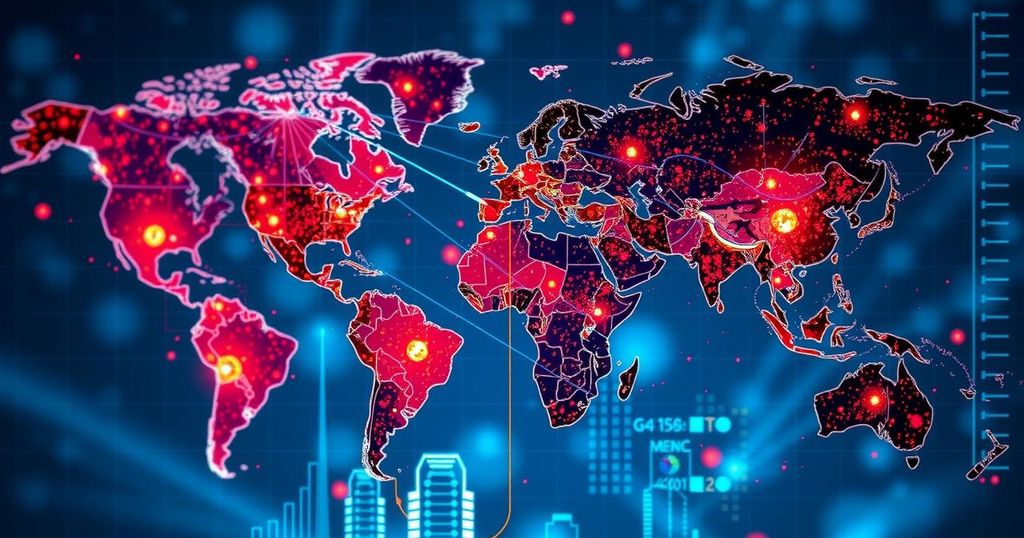World news
ARMED FORCES OF THE PHILIPPINES, ASIA, ASIA - PACIFIC COOPERATION, AURORA, CLIMATE CHANGE, EMERGENCY RESPONSE, FRANCEL MARGARETH PADILLA, ILOCOS, MARCOS, NATURAL DISASTER, NATURAL DISASTERS, NIKA, NORTH AMERICA, PACIFIC, PERU, PHILIPPINES, SOUTH AMERICA, TOR, UNITED STATES
Daniel O'Connor
0 Comments
Typhoon Toraji Hits the Philippines: Evacuations and Relief Efforts Underway
Typhoon Toraji has struck the Philippines, making landfall in Aurora with severe winds, prompting mandatory evacuations in multiple villages. President Marcos Jr. is overseeing recovery efforts following prior storms. The military is mobilized to assist in disaster response, while aid from neighboring countries is forthcoming due to significant damages and casualties from recent storms affecting millions.
Typhoon Toraji made landfall in northeastern Aurora province on Monday morning, bringing sustained winds of 130 kilometers per hour (81 mph) and gusts reaching 180 kph (112 mph). As it was predicted to advance across the mountainous Luzon region, President Ferdinand Marcos Jr. had recently inspected the damage from previous storms, prioritizing recovery efforts and the distribution of food supplies in affected areas.
In anticipation of the storm’s impact, Interior Secretary Jonvic Remulla ordered the mandatory evacuation of 2,500 villages vulnerable to the typhoon’s effects. He emphasized the risks of flash floods and landslides in the already rain-soaked Luzon regions, urging residents to heed evacuation plans. “We understand if some would want to stay, but we have to get them out,” he stated.
The Philippine military has mobilized disaster response forces to high-risk areas and suspended combat drills to focus on the ongoing situations posed by the storm. Armed Forces spokesperson Col. Francel Margareth Padilla reaffirmed their commitment to assist citizens during such critical times of disaster. The impact of Typhoon Toraji has prompted the closure of schools, suspension of domestic flights, and halting of ferry services in the provinces it threatens to affect.
This storm marks the 14th weather disturbance to strike the Philippines this year. Recent hurricanes and tropical storms have already resulted in over 160 casualties and significant damages to infrastructure and agriculture, affecting more than nine million individuals. In light of the overwhelming situation, international assistance has been provided, with aid being transported from neighboring Southeast Asian nations and the United States for those in the hardest-hit regions.
The Philippines frequently experiences severe weather due to its geographic location, making it susceptible to typhoons and tropical storms. These natural disasters often lead to loss of life, destruction of property, and significant government and humanitarian aid response needs. The current Typhoon Toraji is the latest in a series that has struck throughout the year, compounding the challenges faced by the region’s infrastructure and communities already traumatized by previous storms.
In conclusion, the arrival of Typhoon Toraji highlights the ongoing challenges faced by the Philippines in dealing with severe weather events. With proactive evacuation measures, military support, and international aid efforts, the government is working to safeguard affected populations. Continuous monitoring and preparedness in the face of relentless storms remain paramount to mitigate the impact of such disasters in the future.
Original Source: www.mid-day.com




Post Comment